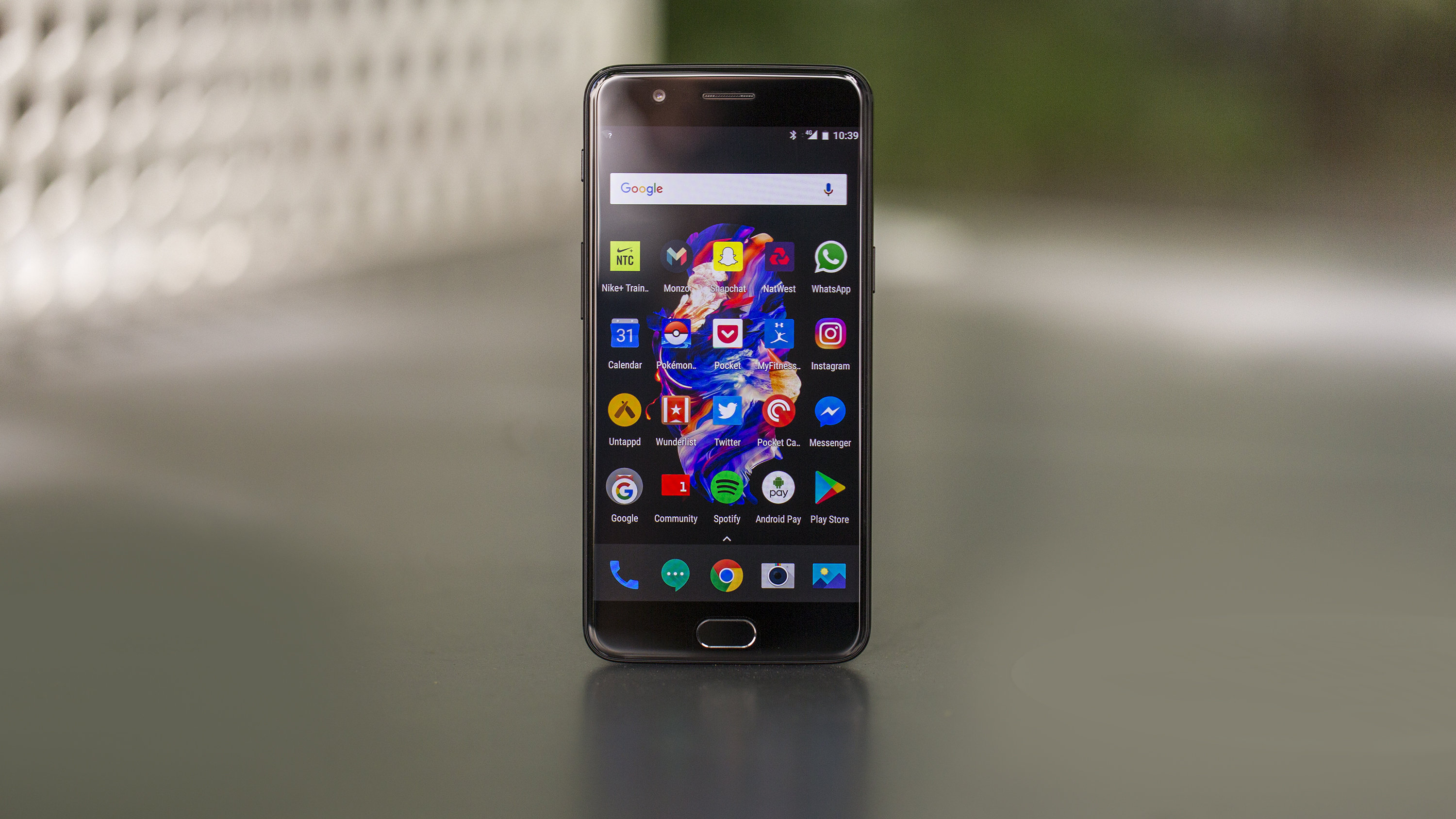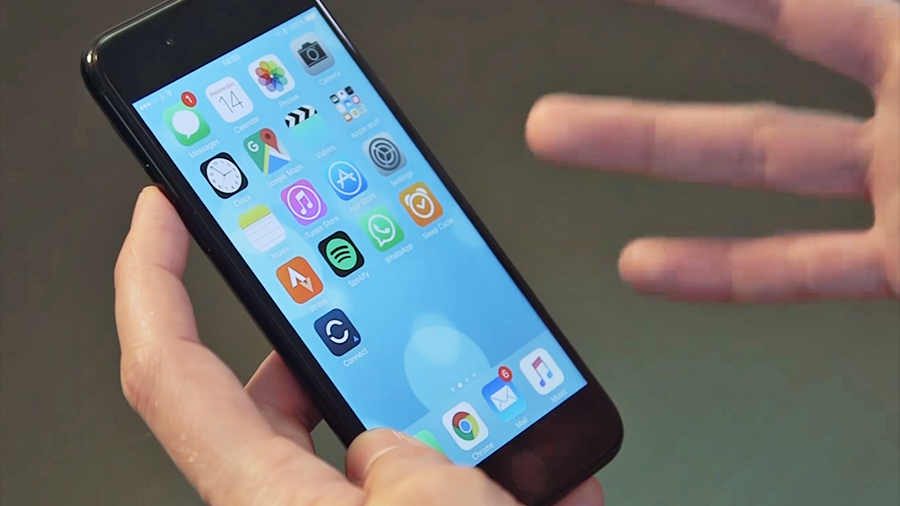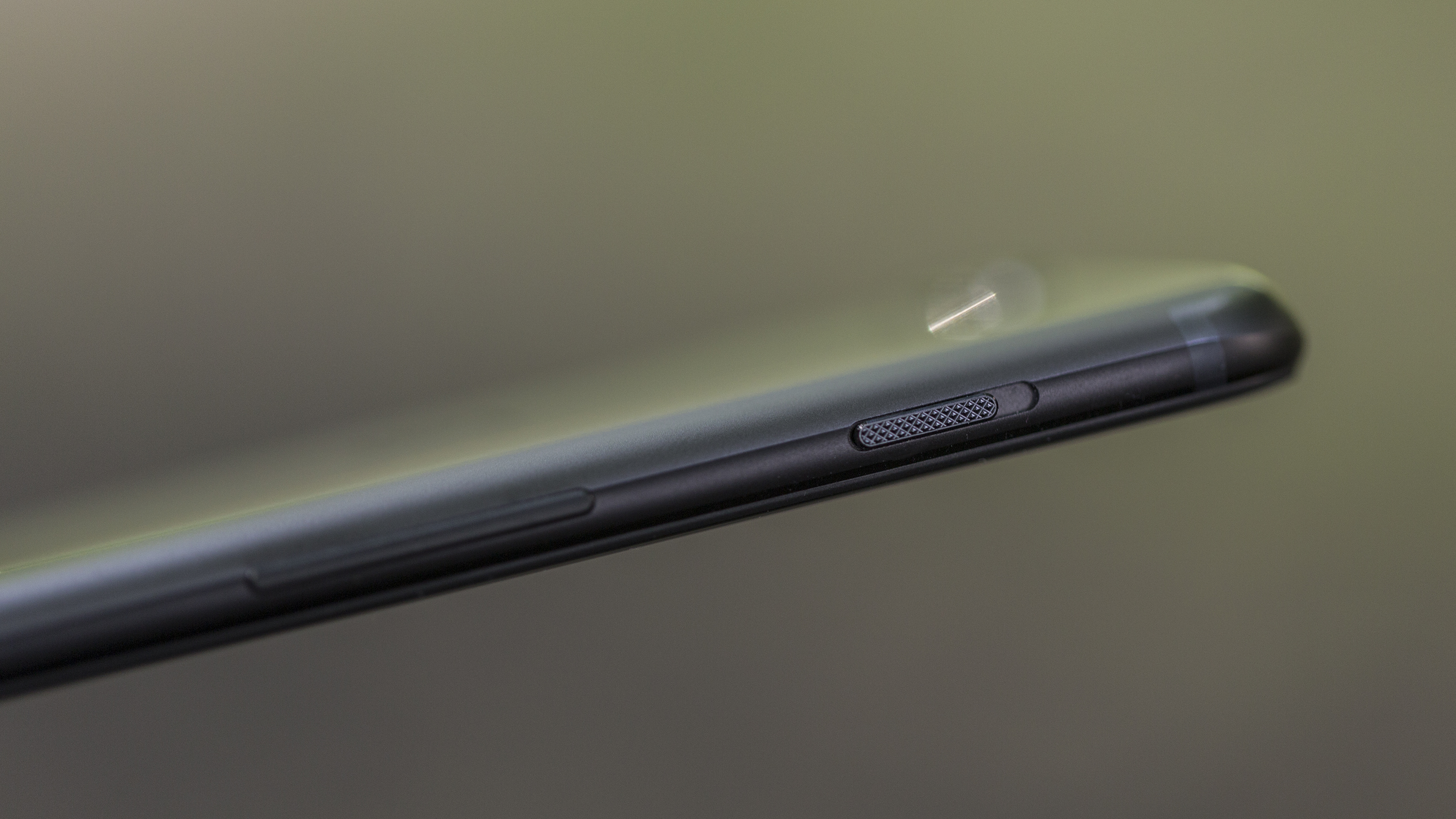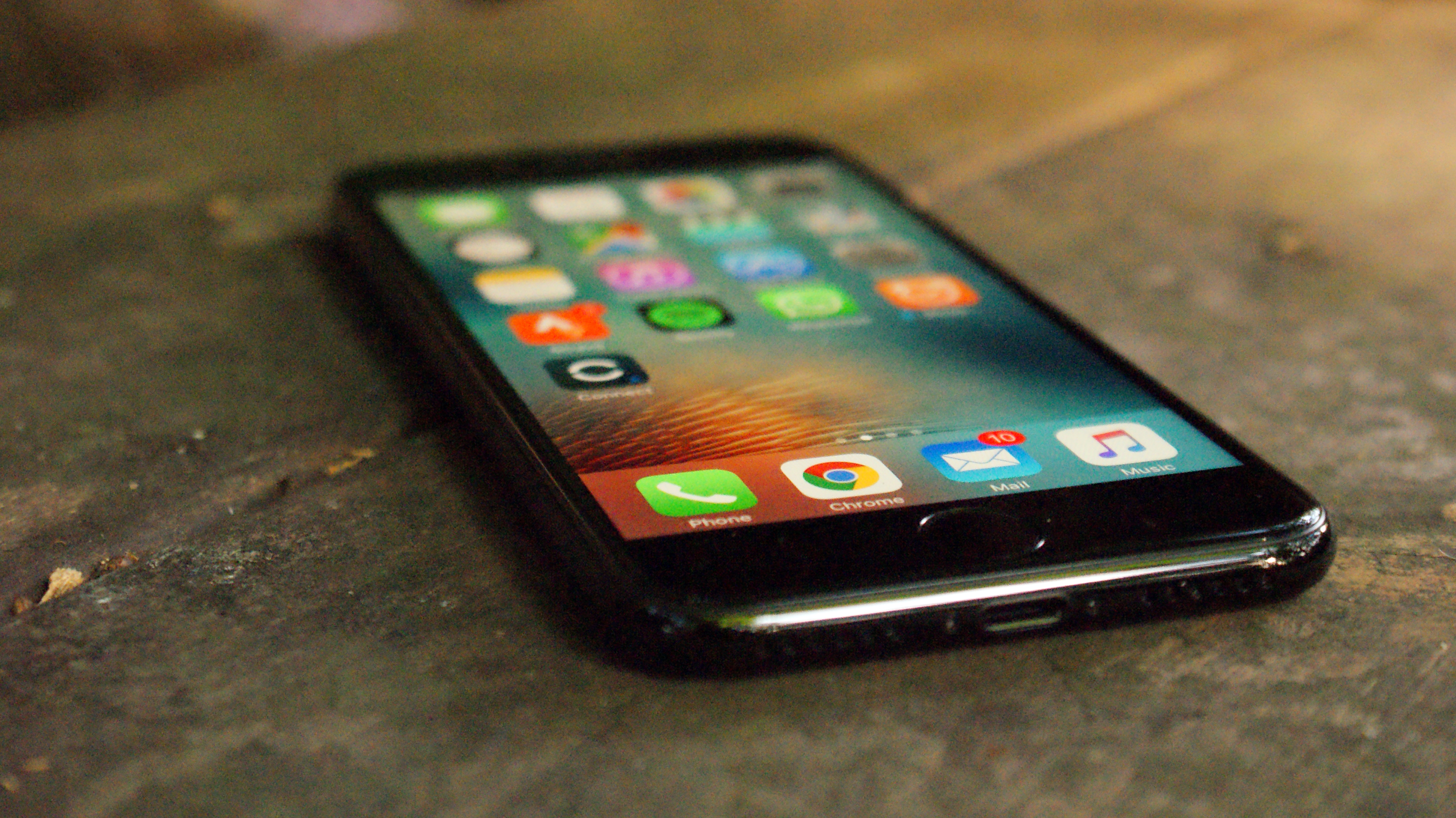OnePlus 5 vs iPhone 7
They may look similar, but they're very different

The iPhone 7 will soon be superseded by the iPhone 8, but for now it remains one of the best phones you can buy, not to mention one of the most popular.
As big as OnePlus has got, the OnePlus 5 can’t hope to compete in terms of sales, but can it compete in terms of specs, features and overall quality?
To find out, we’ve put these two flagships head-to-head, comparing all the key aspects, including price – which is one area where the OnePlus 5 could have a real edge.
- Read our OnePlus 5 review
OnePlus 5 vs iPhone 7 design

The OnePlus 5 has a similar design to the iPhone 7, with both phones sporting a slim metal unibody with antenna bands curving around the top and bottom edges, a camera in the top left corner of the back and a home button which doubles as a fingerprint scanner below the screen.
The most immediately noticeable differences, other than their different logos, are the extra lens on the OnePlus 5’s rear camera (leaving it looking more like the iPhone 7 Plus) and the shape of the home buttons, with the iPhone 7 sporting its iconic circle, while the OnePlus 5 has an oblong one.
But look a bit closer and there are other differences too. For example, the iPhone 7 comes in at 138.3 x 67.1 x 7.1mm and 138g, while the OnePlus 5 is bigger and heavier at 154.2 x 74.1 x 7.25mm and 153g – though that’s understandable as it has a bigger screen and battery.
Arguably the biggest difference in build is one that’s not visible, as the iPhone 7 is IP67 certified water and dust resistant, while the OnePlus 5 doesn’t have any such resistances.
Get daily insight, inspiration and deals in your inbox
Sign up for breaking news, reviews, opinion, top tech deals, and more.
OnePlus 5 vs iPhone 7 display

In many ways the OnePlus 5 is more a competitor to the iPhone 7 Plus than the iPhone 7, in part because of its 5.5-inch 1080 x 1920 screen, where the iPhone 7 has a far more compact 4.7-inch 750 x 1334 display.
That also means the OnePlus 5’s screen is sharper at 401 pixels per inch, while the iPhone 7 comes in at a still crisp 326 pixels per inch. There’s also a difference in technology, with the OnePlus 5 using AMOLED, while the iPhone 7 uses LCD.
In practice, we found the iPhone 7 to have a strong but far from exceptional screen. We’ll let you know what we thought of the OnePlus 5’s screen in our full review, but the biggest difference here is likely to be the size – if you want something of a phablet, the OnePlus 5 is the clear option, while for something more compact the iPhone 7 is the one to go for.
OnePlus 5 vs iPhone 7 OS and power

The OnePlus 5 has one of the latest and greatest mobile chipsets, namely the Snapdragon 835. That’s an octa-core chip clocked at up to 2.45GHz and in the OnePlus 5 it’s paired with up to 8GB of RAM.
The iPhone 7 uses Apple’s quad-core 2.34GHz A10 Fusion chipset, which is also very powerful, and paired with 2GB of RAM. Although that’s only a quarter of the RAM the OnePlus 5 has you shouldn’t expect four times the performance from the OnePlus 5.
Apple’s phones always have less RAM than Android flagships but still rank among the most powerful handsets around in practice.
Both phones are very powerful then, but where they really differ is in their operating systems, as while the OnePlus 5 runs Android 7, the iPhone 7 runs iOS 10, meaning they have different interfaces and different app stores.
OnePlus 5 vs iPhone 7 camera and battery

As with its screen, the camera is one area where the OnePlus 5 is closer to the iPhone 7 Plus than the iPhone 7, as like Apple’s phablet it has two lenses on the back.
There’s a 16MP one and a 20MP one, allowing you to combine image data from them both to create a bokeh effect in images – in other words blurring the background while keeping the subject in focus.
Or, the two lenses can be used together for an optical zoom. And while the 20MP telephoto lens has an aperture of f/2.6, the main 16MP camera has one of f/1.7, which means it has a large opening and can take in a lot of light.
The iPhone 7 has a 12MP single-lens camera with an f/1.8 aperture, so the opening isn’t quite as big as on the OnePlus 5. But it still performs well in low light and does benefit from optical image stabilization and a powerful quad-LED flash.
Both phones can also record video in 4K, and while the iPhone 7 has a 7MP front-facing camera, the OnePlus 5 has a 16MP one.
There’s a big difference in battery size too, as the OnePlus 5 has a 3,300mAh one and the iPhone 7 has just a 1,960mAh one – though it also has a much smaller screen to power.
We’ve found the iPhone 7 will struggle to last a day of moderate use, so hopefully the extra mAh in the OnePlus 5 will keep it going longer, but we’ll let you know in our full review.
OnePlus 5 vs iPhone 7 price

The OnePlus 5 isn’t as cheap as its predecessors, but it’s still at the low end of flagship pricing, coming in at $479/£449 (around AU$630) for a 64GB model or $539/£499 (around AU$710) for 128GB.
The iPhone 7 on the other hand is one of the priciest phones you’ll find, starting at $649/£599/AU$1,079 for a 32GB handset and rising to $749/£699/AU$1,229 for 128GB and $849/£799/AU$1,379 for 256GB.
Takeaway

The OnePlus 5 and iPhone 7 might both be flagships but they’re very different. One runs Android, the other iOS, one has a big 5.5-inch screen, the other a small 4.7-inch one, one has two rear cameras, the other just one, and one is still relatively cheap for the specs on offer, while the other really isn’t.
At first glance though many of those differences won’t be apparent. In fact, the two phones look surprisingly similar.
As for which is best, that will likely be a subjective thing and come down to what assortment of specs and features you most value, along with how much you’re prepared to pay, but for a closer look at both handsets be sure to check out our full reviews.
- There are plenty of other great phones to choose from.
James is a freelance phones, tablets and wearables writer and sub-editor at TechRadar. He has a love for everything ‘smart’, from watches to lights, and can often be found arguing with AI assistants or drowning in the latest apps. James also contributes to 3G.co.uk, 4G.co.uk and 5G.co.uk and has written for T3, Digital Camera World, Clarity Media and others, with work on the web, in print and on TV.